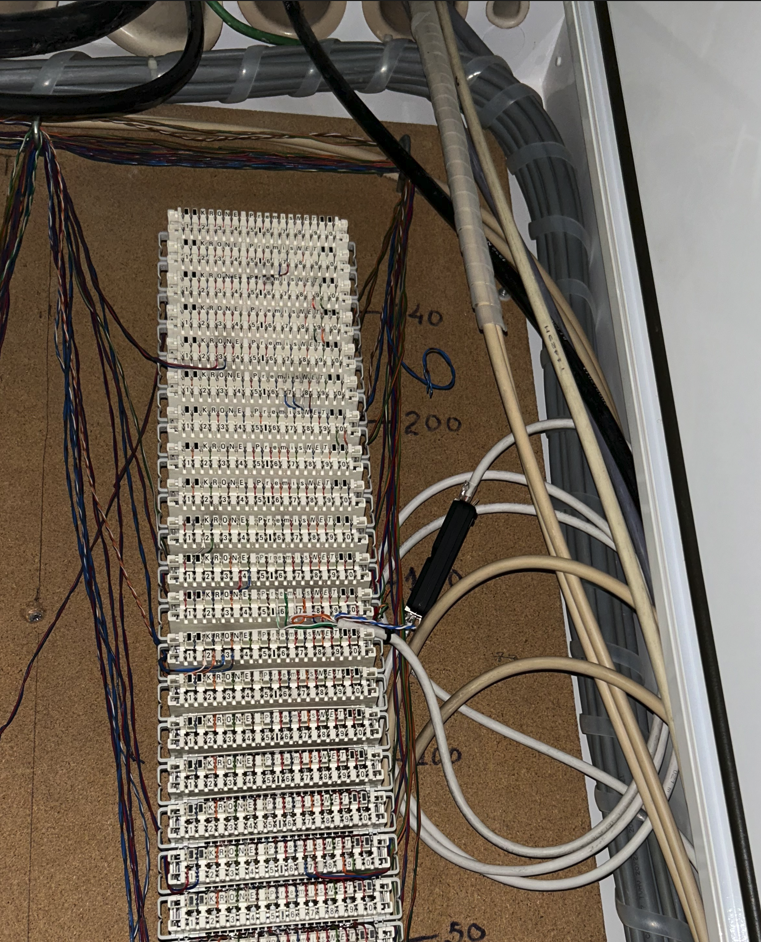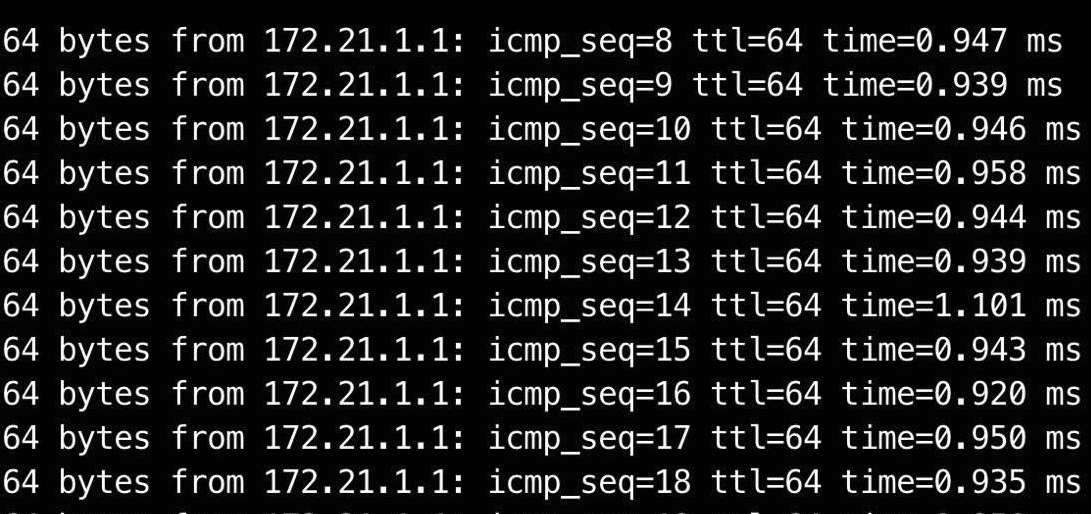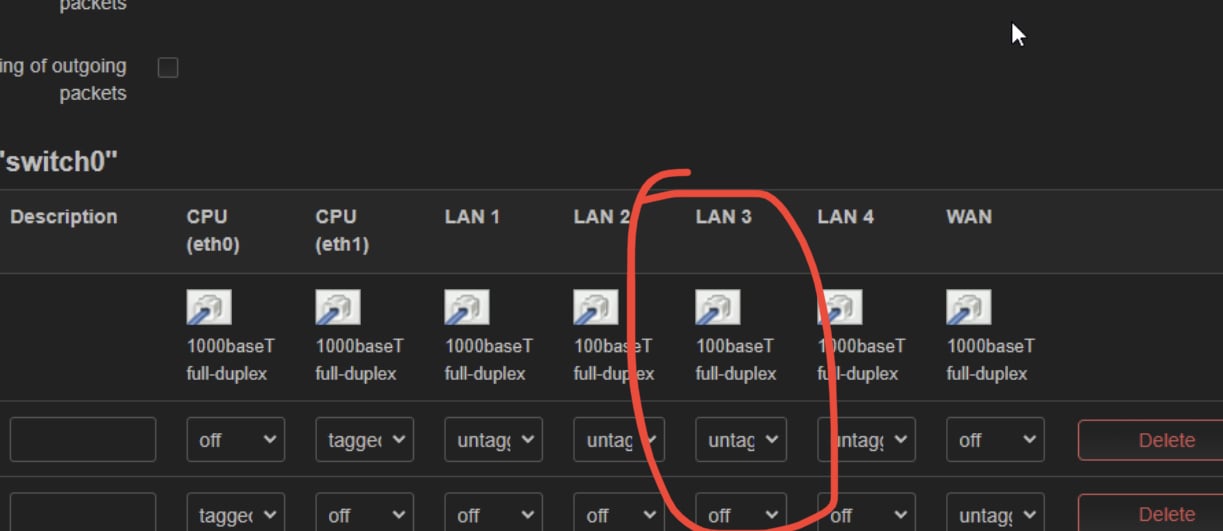Cat 5e
The fact that your old cable was cat5e has no bearing whatsoever on you getting shit speeds before changing cables. The gigabit spec was codified and products were on the market before the cat5e spec was ratified. Gigabit ethernet was literally made for standard cat5. I bet your previous cable was terminated incorrectly, and was only using two of the four pairs, limiting you to 100mbit.




